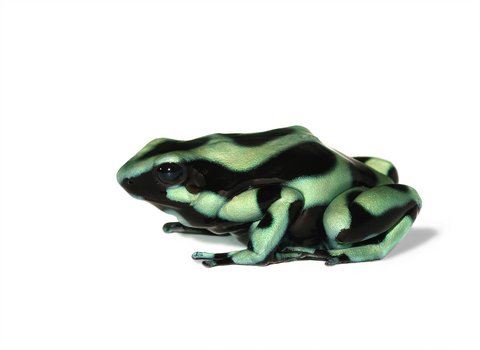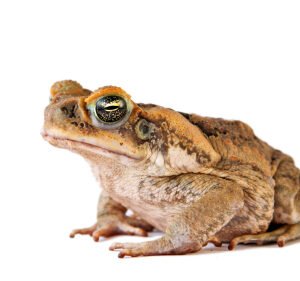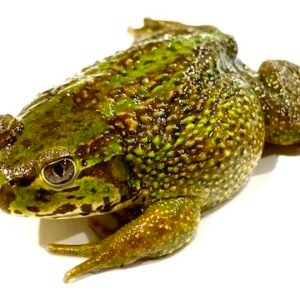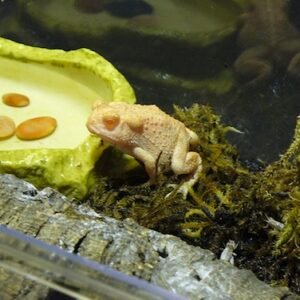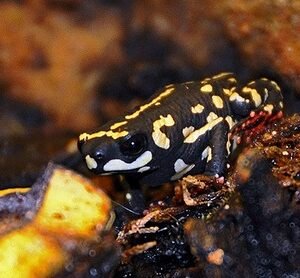Understanding Green and Black Poison Dart Frogs
Green and black poison dart frogs, renowned for their striking appearance, are native to the tropical rainforests of Central and South America. Their vibrant coloration serves a critical purpose; it acts as a warning signal to potential predators regarding their toxicity. The green variant typically exhibits a bright green body adorned with dark, mottled patterns, while the black poison dart frog presents a more intensely dark hue, often highlighted with bold, contrasting colors. This distinctive coloration is a hallmark of their species, promoting both camouflage in their natural habitat and visibility as a defense mechanism.
Behaviorally, these frogs are diurnal, meaning they are most active during the day. They thrive in humid environments and are often found near water sources, as they require moisture to maintain their skin and to reproduce. These frogs engage in various social behaviors, including vocalizations that play a role in communication, particularly during mating season. Additionally, they possess a fascinating ability to interact with their environment, as they utilize plant life for shelter and to hunt for food.
In terms of diet, green and black poison dart frogs primarily feed on small insects, particularly ants, termites, and beetles. In the wild, their diet is a crucial factor contributing to their toxicity. The specific alkaloids they derive from these insects are what grant them their poisonous properties. Interestingly, when kept as pets, their diet changes significantly, as they rely on commercially available insect sources, which do not provide the same toxic composition.
These unique attributes make the green and black poison dart frogs appealing to pet enthusiasts. Their manageable size, typically ranging from one to two inches, alongside low-maintenance care requirements, positions them as suitable options for hobbyists. Their captivating behaviors and social nature further enhance their desirability as pets. Understanding these aspects is vital for prospective owners, enabling them to appreciate and cater for these enchanting amphibians effectively.
Creating a Suitable Habitat for Poison Dart Frogs
Setting up a proper habitat is crucial for the well-being of green and black poison dart frogs. These exotic pets thrive in environments that closely resemble their natural rainforest habitats. To begin, select a terrarium with a minimum size of 20 gallons for a small group of frogs. The terrarium should provide ample vertical space to accommodate climbing elements, as these frogs are arboreal by nature. A glass terrarium with a secure lid is ideal to prevent escapes and maintain humidity levels.
The temperature within the terrarium should be maintained between 72°F to 78°F, emulating the warm environment of their natural habitat. This can be achieved through the use of heating pads or incandescent bulbs, carefully positioned to avoid overheating. Humidity is also a vital factor; it should be kept between 70% and 80%. Regular misting, combined with a reliable hygrometer to monitor levels, will create the moist atmosphere these frogs prefer.
Choosing the right substrate enhances not only aesthetic appeal but also the frogs’ comfort. A mixture of coconut fiber, leaf litter, and sphagnum moss offers a natural feel while ensuring the substrate retains the necessary moisture. Additionally, incorporating live plants such as bromeliads, ferns, or mosses will help maintain humidity and provide hiding spots, promoting security for the frogs.
Incorporate various decor elements such as driftwood, rocks, and artificial hides to create a multi-layered environment. Ensure that any decorations are free of sharp edges to prevent injury. A shallow water dish should be included for hydration, but it must be shallow enough to prevent drowning. Regular maintenance is essential: clean the terrarium weekly, monitor environmental conditions, and replace water daily. These practices will ensure a safe and thriving habitat for your poison dart frogs.

